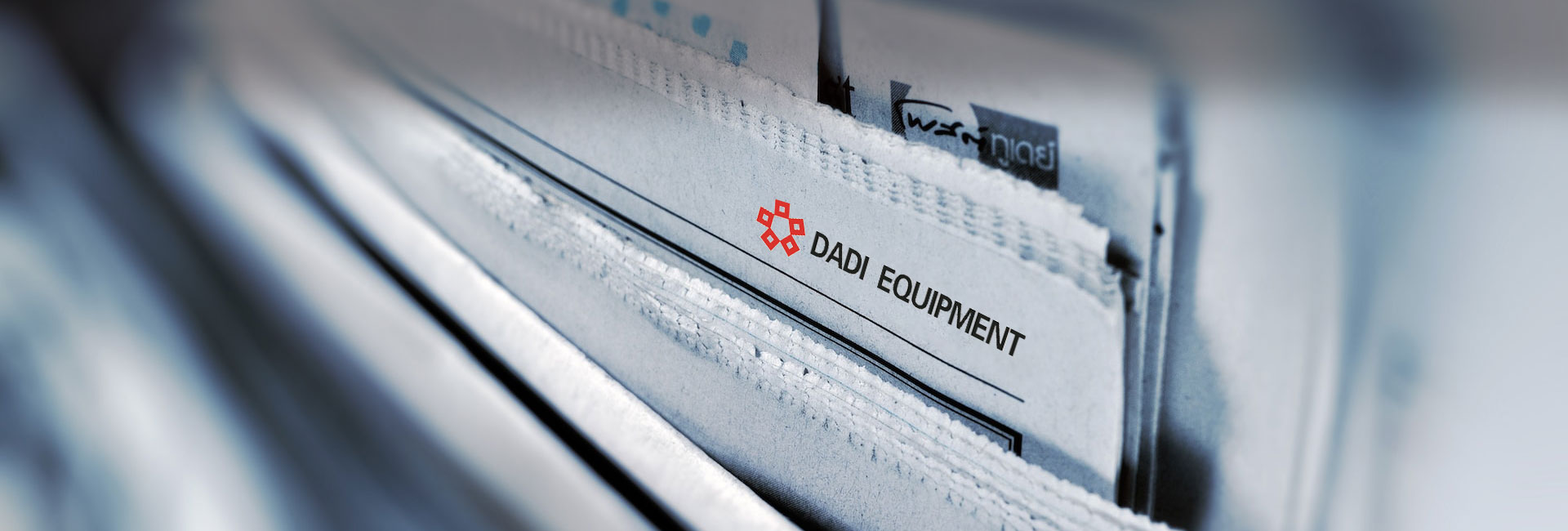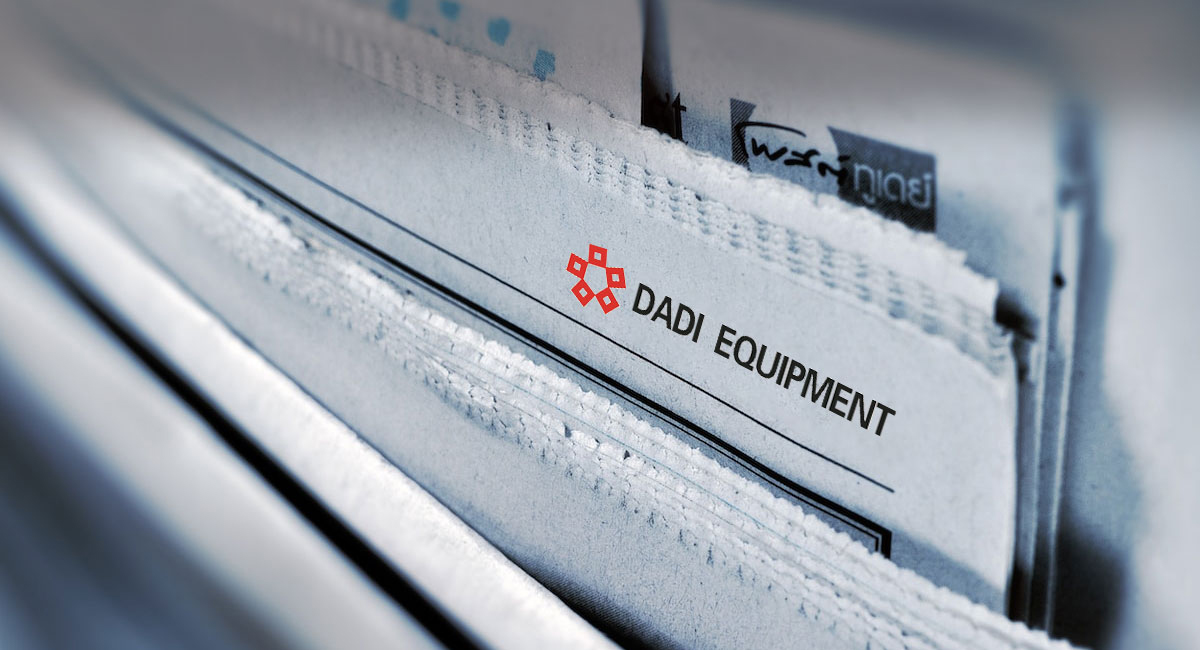2025
A Comprehensive Guide to Choosing the Right Pipe Finishing Equipment
31 Dec.2024
In the world of manufacturing, particularly in the metalworking and construction industries, the quality of pipe finishing is crucial for ensuring the durability and reliability of pipes. Dadi Equipment Co., Ltd. specializes in bulk material handling and high-end metallurgical equipment, including advanced pipe finishing solutions. This comprehensive guide will explore the various types of pipe finishing equipment available, key considerations for selecting the right equipment, and best practices to optimize your finishing processes.
What is Pipe Finishing?
Pipe finishing refers to a series of processes that enhance the surface quality and performance of pipes. These processes include cutting, deburring, polishing, coating, and testing to ensure that pipes meet specific industry standards for strength, corrosion resistance, and aesthetic appeal. Proper pipe finishing not only improves the functionality of pipes but also extends their lifespan.
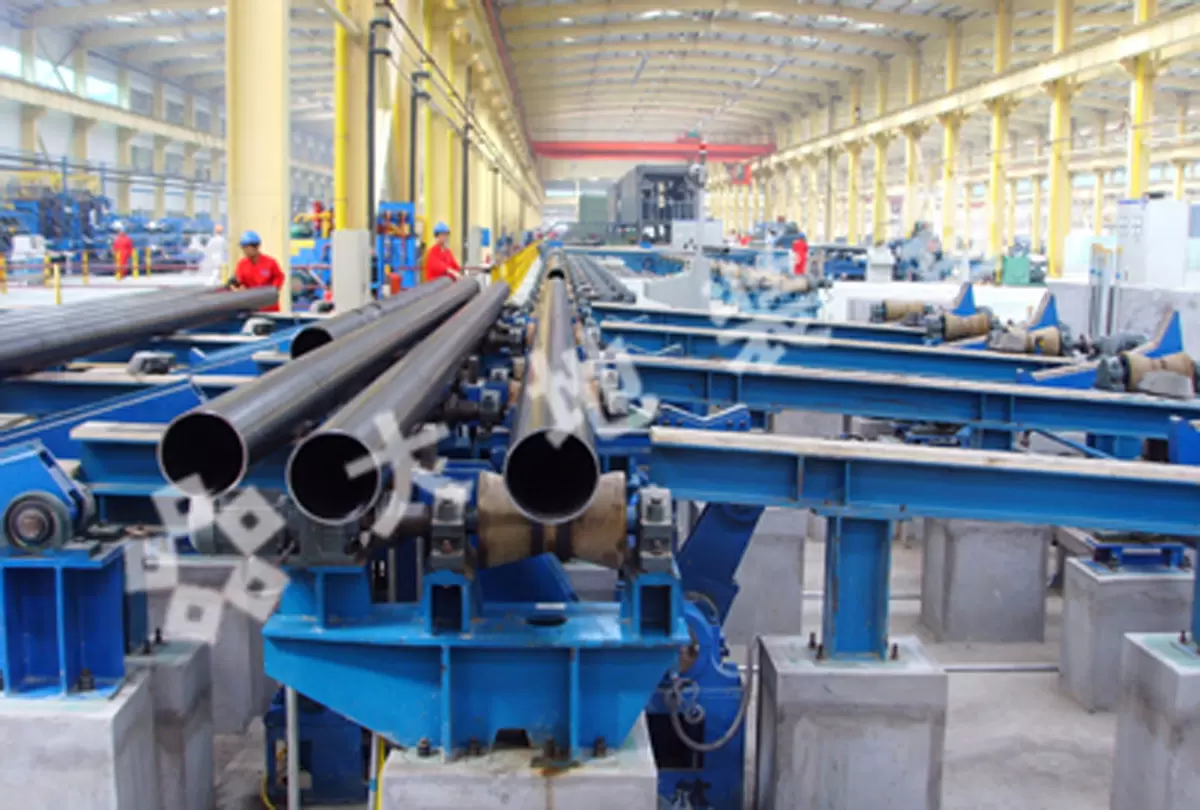
Types of Pipe Finishing Equipment
Cutting Machines
Purpose: To accurately cut pipes to desired lengths.
Types:
Band Saws: Ideal for cutting various materials with precision.
Circular Saws: Suitable for high-speed cutting of pipes.
Plasma Cutters: Used for cutting thicker materials with intricate designs.
Considerations: Look for machines that offer adjustable speeds and angles for versatility.
Deburring Machines
Purpose: To remove sharp edges and burrs from cut pipes.
Types:
Manual Deburring Tools: Cost-effective for small operations.
Mechanical Deburring Machines: Automated solutions for larger production runs.
Considerations: Ensure compatibility with various pipe sizes and materials.
End Forming Machines
Purpose: To shape the ends of pipes for better fitting and sealing.
Types:
Flanging Machines: Create flanges at the ends of pipes.
Beading Machines: Form beads on pipe ends to improve joint integrity.
Considerations: Choose machines that can accommodate different diameters and wall thicknesses.
Polishing Machines
Purpose: To enhance the surface finish of pipes.
Types:
Belt Polishers: Effective for achieving a smooth surface on flat or cylindrical surfaces.
Rotary Polishers: Suitable for larger diameter pipes requiring a high gloss finish.
Considerations: Select equipment based on desired finish quality and material type.
Coating Equipment
Purpose: To apply protective coatings that enhance corrosion resistance.
Types:
Spray Coating Systems: Versatile options for various coating types.
Powder Coating Machines: Provide durable finishes with minimal environmental impact.
Considerations: Assess compatibility with different coating materials and application methods.
Testing Equipment
Purpose: To ensure finished pipes meet industry standards.
Types:
Hydrostatic Testers: Measure pressure capacity of pipes.
Ultrasonic Testing Machines: Detect internal flaws without damaging the pipe.
Considerations: Choose equipment that can handle specific pressure ratings required for your applications.
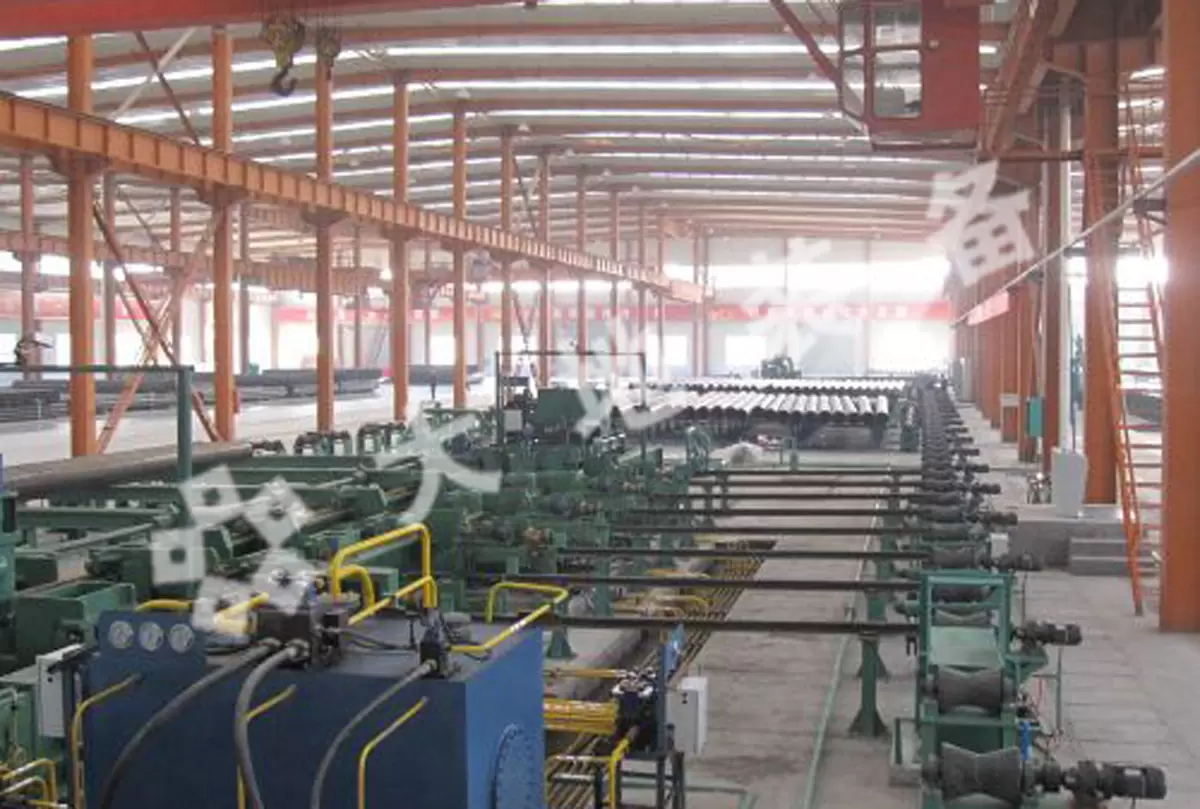
Key Considerations When Choosing Pipe Finishing Equipment
1. Material Compatibility
Different materials require specific types of finishing processes. For instance:
Stainless steel may require specialized polishing techniques to achieve a high-quality finish.
Carbon steel might need protective coatings to prevent rusting.
Understanding the material properties will guide you in selecting the appropriate finishing equipment.
2. Pipe Specifications
Before investing in finishing equipment, consider the following specifications:
Diameter: Ensure that the equipment can accommodate the range of pipe diameters you work with.
Wall Thickness: Some machines are better suited for thin-walled pipes while others handle thicker materials more effectively.
Length: Verify that the equipment can process the lengths of pipes you typically use.
3. Production Volume
Assess your production requirements:
For high-volume operations, automated systems may be necessary to maintain efficiency.
Smaller operations might benefit from manual or semi-automated solutions that are more cost-effective.
4. Quality Standards
Different industries have varying quality standards:
For example, aerospace applications demand stringent quality checks compared to general construction uses.
Ensure that your chosen equipment can meet or exceed these standards through reliable performance and consistent results.
5. Budget Constraints
Evaluate your budget while considering both initial investment costs and long-term operational expenses:
Automated systems may have higher upfront costs but can lead to savings through increased efficiency over time.
Manual systems might be less expensive initially but could incur higher labor costs in the long run.
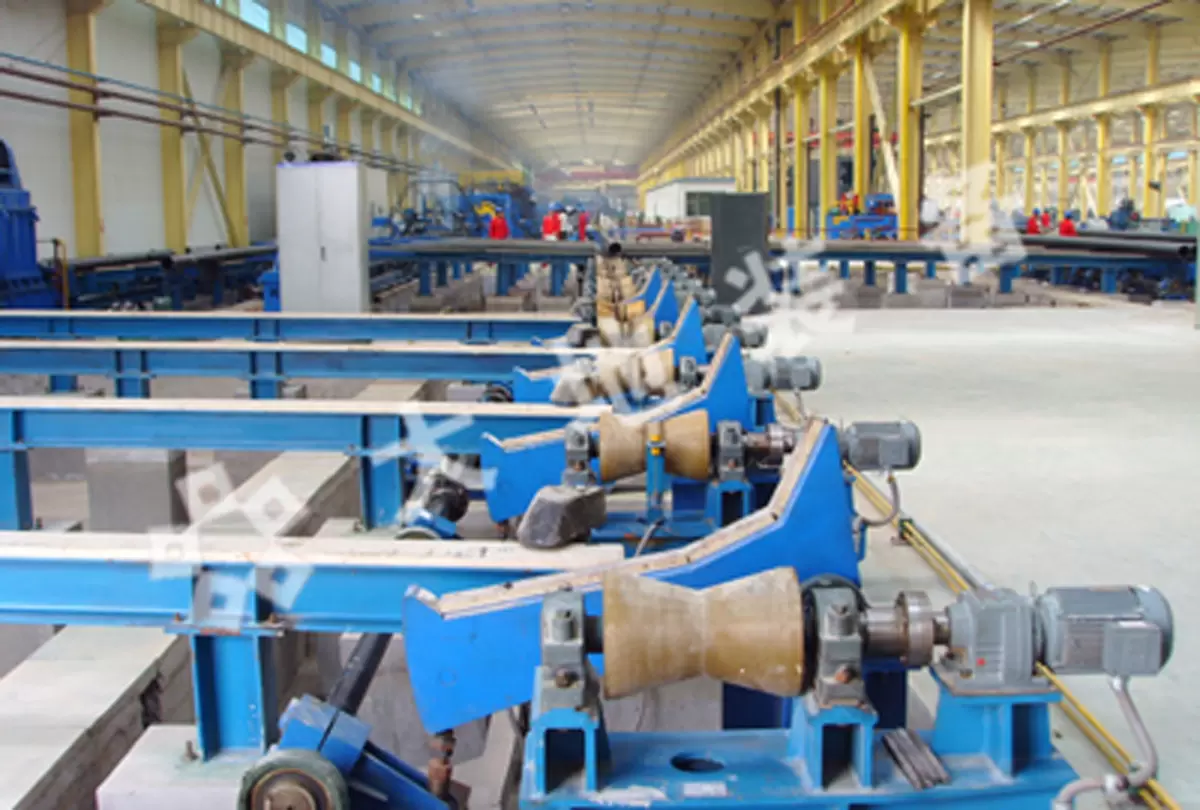
Best Practices for Using Pipe Finishing Equipment
1. Regular Maintenance
To ensure optimal performance and longevity of your finishing equipment:
Implement a regular maintenance schedule including cleaning, lubrication, and parts replacement as needed.
Keep detailed records of maintenance activities to track performance over time.
2. Operator Training
Proper training is essential for maximizing equipment capabilities:
Ensure operators are well-trained in using machinery safely and efficiently.
Provide ongoing training opportunities as new technologies or processes are introduced.
3. Quality Control Procedures
Establish robust quality control measures:
Implement inspection processes at various stages of production to catch defects early.
Use testing equipment to verify that finished products meet required specifications before they leave your facility.
4. Optimize Workflow
Streamline your production process by:
Organizing workstations for efficient movement between cutting, deburring, polishing, and testing stages.
Utilizing lean manufacturing principles to minimize waste and improve productivity.

Innovations in Pipe Finishing Technology
As technology continues to evolve within the industry, manufacturers are increasingly adopting innovative solutions:
1. Automated Systems
Automation in pipe finishing processes enhances efficiency by reducing labor costs and improving consistency across large batches of production.
2. Eco-Friendly Practices
Many manufacturers are turning towards sustainable practices by using eco-friendly dyes and coatings that minimize environmental impact while maintaining high-quality standards.
3. Advanced Testing Techniques
Innovative testing methods such as non-destructive testing (NDT) allow manufacturers to ensure product integrity without compromising pipe quality or structure.

Conclusion
Choosing the right pipe finishing equipment is critical for ensuring high-quality products that meet industry standards. Dadi Equipment Co., Ltd.’s expertise in bulk material handling and metallurgical applications positions it as a valuable partner in this process. By understanding the various types of finishing equipment available, key considerations for selection, and best practices for operation, manufacturers can enhance their production capabilities while maintaining quality and efficiency.
Investing in appropriate pipe finishing solutions not only improves product quality but also contributes to overall operational success in competitive markets. As technology continues to evolve within the industry, staying informed about advancements will further empower manufacturers to make strategic decisions that drive growth and innovation.
The Importance of Pipe Finishing Equipment in the Manufacturing Industry


